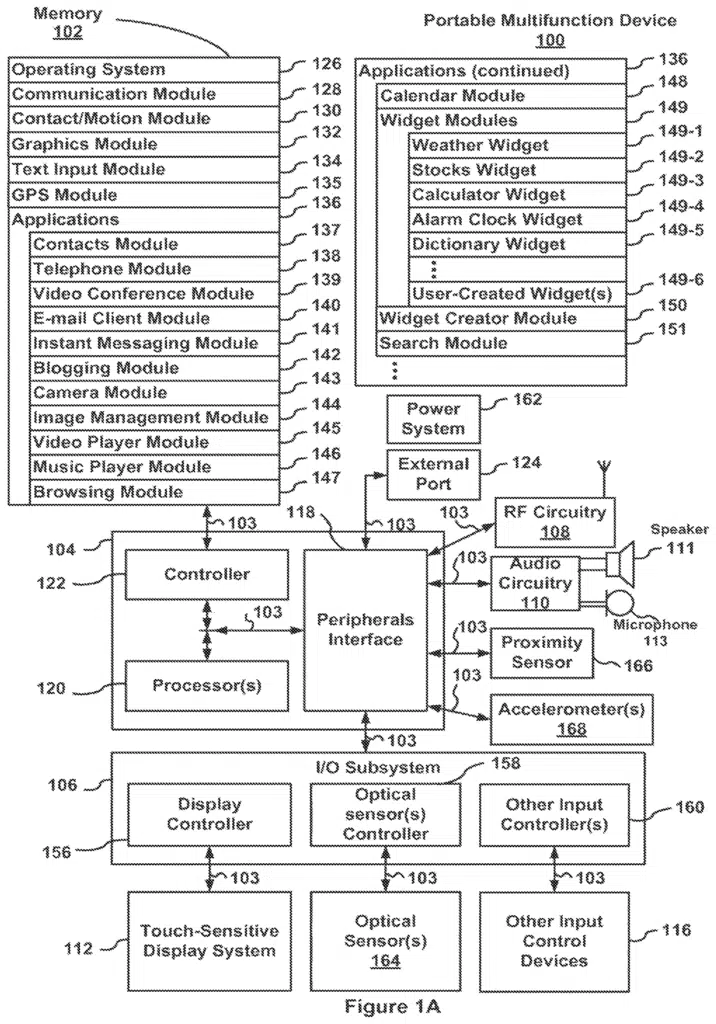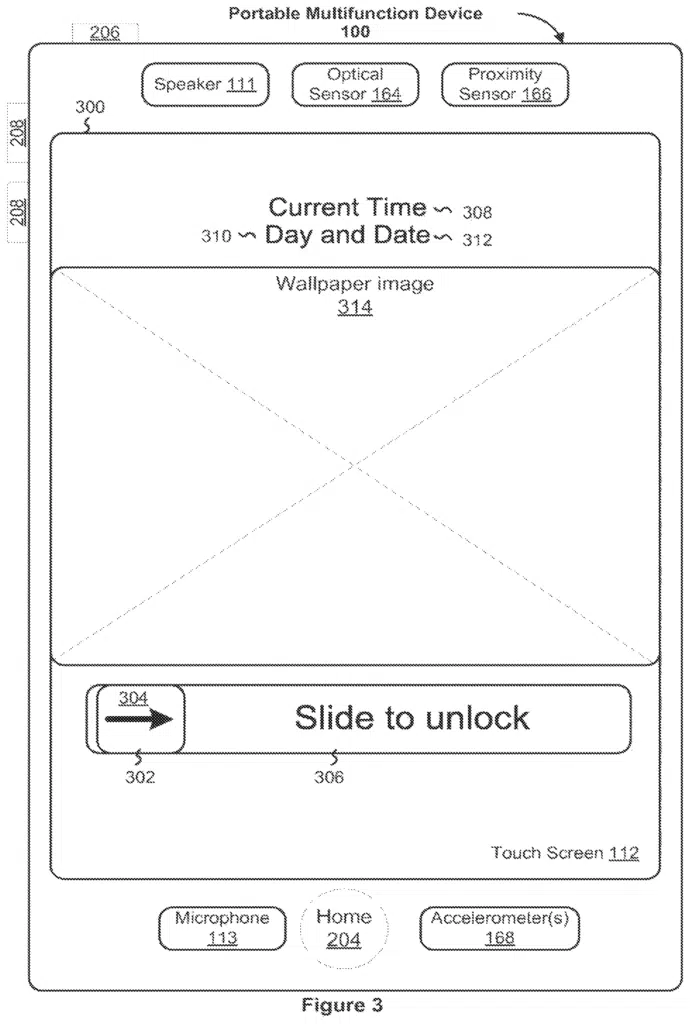
In the current era, characterized by a relentless race for innovation, patent licensing is at the heart of corporate strategies. These instruments are no longer limited to mere protection; They have become essential vectors for innovation and monetization. As competition intensifies in the global market, intellectual property becomes an invaluable asset, transforming innovative ideas into profitable business opportunities.
This article aims to explore the mechanisms through which patent licensing catalyzes the transformation of innovations into commercial successes, while playing a crucial role in the safeguarding and valorization of intellectual creations.
The Vital Role of Patent Licensing in Innovation
At the core of modern economic dynamics, innovation relies heavily on the protection and exploitation of patents. Patents are not just defensive barriers; they are active levers of technological progress. By ensuring companies the security of their advancements in research and development, patents encourage innovation while opening lucrative avenues through the granting of licenses.
Importance of Patents in Protecting Innovation
Patents are key tools for securing investments in research and development. They guarantee a period of exclusivity on the use of inventions, thus encouraging companies to engage in research. This legal framework not only protects innovations against counterfeiting; it also generates a potential source of revenue through the granting of licenses. Patents are therefore essential for recovering R&D investments and for rewarding innovators.
Case Studies of Successful Patented Innovations
Success stories abound, highlighting the impact of patents on the commercial success of innovations. A striking example is Apple, which transformed the technological landscape with its patents on user interfaces, forming the basis of many successful licensing agreements.



Another emblematic case is CRISPR, the gene-editing technology. Patented by Emmanuelle Charpentier and Jennifer Doudna, this discovery has not only revolutionized biotechnology but has also opened unprecedented avenues for gene therapies, offering exceptional monetization possibilities.
The CRISPR-Cas9 technique is a genome editing tool that allows for targeted modifications of the genetic material of a cell.

KEITH CHAMBERS, SCIENCE PHOTO LIBRARY
Patent Monetization Strategies
Transforming patents into viable revenue sources is a crucial step in the valorization of innovations. Companies must develop appropriate monetization strategies to maximize the financial potential of their patents. These strategies can take various forms, from direct licensing to more complex collaboration agreements.
Direct Licensing and Revenues
Direct licensing offers a straightforward path for monetizing patents. In this model, the patent holder grants another company the right to use their invention in exchange for royalties. This method is advantageous for its simplicity and its ability to generate a steady revenue stream. However, it requires an accurate valuation of the patent to set appropriate and attractive royalties for both parties.
Cross-Licensing and Collaborations
Cross-licensing agreements and collaborations are key monetization strategies, facilitating the sharing of innovations
between companies. The agreement between Samsung and Apple in the mobile technology domain is a good example.
Another recent case is the partnership between Sony and LG Electronics in the OLED display technology sector. This agreement allowed both companies to share their respective patents, thereby fostering innovation in high-quality OLED displays while optimizing their research and development costs. This kind of collaboration underscores how companies can leverage their complementary strengths to drive innovation while respecting intellectual property rights.
Patent Rights Management
Managing patent rights is an essential aspect of their monetization. This includes protecting patents against infringements, managing potential litigation, and regularly updating patent records to reflect ongoing innovations. Companies must also be vigilant about the validity of their patents in different legal territories, which may require specific local expertise.
Negotiation and Valuation of Patents
Negotiating and valuing patents are crucial steps for successful monetization. A strategic approach, based on a deep understanding of the value of patents, is indispensable. Take, for example, the recent negotiations between Broadcom and Volkswagen, where the focus was on valuing semiconductor patents. This negotiation highlighted the importance of an accurate evaluation of patents, crucial for reaching beneficial agreements for all parties involved.
These negotiation and valuation strategies not only underline the complexity of patent monetization but also the considerable opportunities it offers to innovative companies. However, there are pitfalls and points of vigilance to consider in legal and commercial challenges:
- Fair Valuation of Patents: Determining the real value of a patent can be complex. Overvaluation or undervaluation can compromise a deal or lead to future litigation.
- Understanding of Markets: In-depth knowledge of the markets where patents will be used is essential. This helps to understand the actual commercial potential and negotiate accordingly.
- Legal Protection: Ensuring adequate legal protection in different territories is vital. Patent laws vary by region, and non-compliance can lead to costly litigation.
- Flexibility and Adaptation: Market conditions and technologies evolve rapidly. Licensing agreements must be flexible enough to adapt to these changes.
- Risk Management: Identifying and managing potential risks, such as litigation or patent infringements, is crucial for a successful monetization strategy.
Strategic and informed management of patents, taking into account these pitfalls and points of vigilance, can open lucrative pathways, transforming inventions into significant commercial assets.
Strategic Partnerships and Collaborations
Choosing the right partner and product for a non-exclusive license is a strategic decision. It is imperative to select partners whose objectives and values are aligned with those of your company.
The reputation, reliability and market potential of the partner and the product must be carefully assessed to ensure a successful collaboration.
This choice determines not only the immediate success of the partnership, but also its long-term impact on the brand and the market.
Negotiation of License Terms
In today’s competitive landscape, strategic partnerships have become an essential component for maximizing patent exploitation. These collaborations can unlock new opportunities, combining the strengths and resources of various players for increased innovation and effective monetization.
Choosing the Right Partner:
Selecting a strategic partner for patent licensing is a crucial decision that can define the success or failure of an innovation initiative. When selecting a partner, companies should consider several key factors :
- Complementary Skills: Look for a partner whose skills and resources complement your own. For instance, a company strong in R&D might seek a partner with an extensive distribution network.
- Strategic Alignment: Ensure that the long-term goals and visions of both companies are aligned. This includes business outlooks, growth ambitions, and corporate values.
- Financial Stability: Evaluating the financial health of the potential partner is essential. A financially stable partner can guarantee a lasting and fruitful collaboration.
- Market Reputation: The partner’s reputation in the industry is also an important criterion. A respected partner can add value to your patent and your brand.
- Innovation Capacity: A partner that continually invests in innovation can offer fertile ground for the development of new ideas and technologies.

Innovation and Future Trends
As the world continues to evolve rapidly, anticipating future trends and understanding the impact of new technologies on patents is crucial to stay at the forefront of innovation.
Patents in the Digital Age
The digital era has revolutionized how patents are managed and exploited, bringing significant changes and new opportunities. Digitization has made accessing patent information faster and easier, allowing for in-depth analysis and efficient tracking. It has also streamlined the processes of filing and processing patents, making them more transparent and accessible.
With technological advancements, particularly in big data and artificial intelligence, companies can now perform more sophisticated patent analyses, crucial for competitive intelligence and detecting emerging market trends. These digital tools help companies manage their patent portfolios more strategically, identifying key areas for innovation and assessing the potential of new inventions.
Moreover, digitization has paved the way for new methods of patent protection. Technologies like blockchain offer innovative solutions for securing patents against violations and counterfeiting, thereby increasing their reliability and efficiency.
The ability to collaborate globally is another major advancement brought by digital technology. It allows companies to work together on patent projects despite geographical barriers, thus facilitating international partnerships and collaborative innovation.
Thus, the digital age has not only transformed patent management; it has also expanded the possibilities in terms of innovation and international collaboration. Companies that adapt to these changes and leverage digital tools can significantly improve their patent strategy, positioning themselves favorably in the current competitive landscape.
Emerging Technologies and Patent Licensing
Emerging technologies such as artificial intelligence (AI) and blockchain have a significant impact on patents. For example, IBM uses AI to enhance patent searches and the development of new inventions. Blockchain, on the other hand, offers innovative solutions for tracking and managing intellectual property rights, as illustrated by Google’s initiatives in this area. These technologies not only optimize patent management; they also pave the way for new forms of creation and protection of intellectual property.

Conclusion: Maximizing Patent Value
In conclusion, patent licensing is a crucial aspect of innovation and monetization strategy for modern businesses. As we have explored, the ability to innovate and effectively protect these innovations through patents is fundamental in a rapidly evolving economic environment. Key strategies for maximizing patent value, such as direct licensing, cross-licensing agreements, and strategic collaborations, offer diverse avenues for capitalizing on technological advancements.
The importance of choosing the right partner for patent licensing cannot be understated. A well-chosen partner can not only amplify the reach of innovations but also open up new market opportunities, thus creating a profitable synergy. Additionally, the effective management of legal and commercial challenges, especially in terms of negotiation and valuation of patents, is essential to ensure that companies maximize their patent portfolios.
Looking to the future, it is clear that the digital age will continue to transform the patent landscape. The advent of emerging technologies such as artificial intelligence and blockchain promises new methods for managing, protecting, and valorizing patents. These tools offer not only improved efficiency in patent management but also pave the way for innovative forms of collaboration and intellectual creation.
Ultimately, a company’s ability to navigate the complex realm of patents, leveraging appropriate licensing strategies and embracing digital advancements, will be decisive in its success in exploiting innovation. Patent licensing, when strategically managed, are not just protective shields for innovations but powerful tools for stimulating growth, exploring new markets, and consolidating competitive positioning in the global economy of innovation.

Monte-Carlo Lifestyle is a brand that encapsulates all the collections in its portfolio, with the labels ‘Monaco’ and ‘Monte-Carlo, that is registered globally for an extensive line of consumer goods.
Subscribe for our monthly newsletter to stay updated.
which supplier and need to make the complete setup, can be added later ?


















